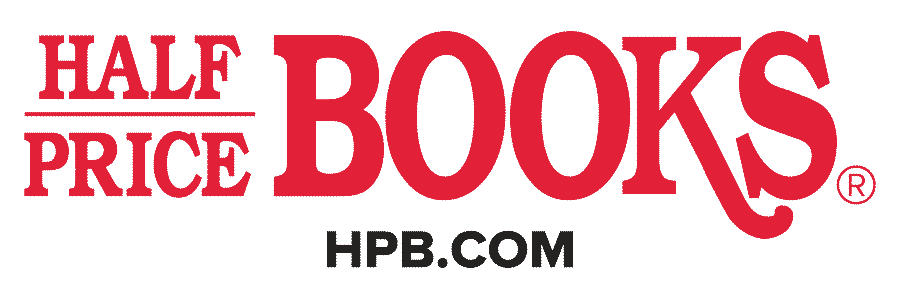Availability:
$11.95
Overview
Overview
Art and Crime: what is the role of political art? In 2018, the collective Forensic Architecture was shortlisted for the prestigious Turner Prize. Their exhibition, 'The Long Duration of a Split Second', in the Tate Britain reconstructed the moment of a contested murder that took place in the Negev Desert the year before. Elsewhere the adaption of the gallery as a place of investigations reveals that the line between the studio and the laboratory has collapsed. Can political art ever be just an aesthetic project? What is the role of art in the process of investigations? Using examples from Wikileaks, BellingCat, open source research, and AI analysis, the authors explore how power reveals and hides the truth, and explain why this is a question of aesthetics. In this case, aesthetics is about making sense in both meanings of the term: firstly, how we perceive the world; secondly, how we make sense of things. Investigative Aesthetics combines the role of artist and the investigator as political struggles today require both the demolition and the establishment of facts. This reshapes our ability to organise artistic and political action, and allows us to challenge power in new ways.
- Format: Trade Paperback
- Author: Fuller, Matthew
- ISBN: 9781788739085
- Condition: Used
- Dimensions: 8.20 x 0.80
- Number Of Pages: 272
- Publication Year: 2021

